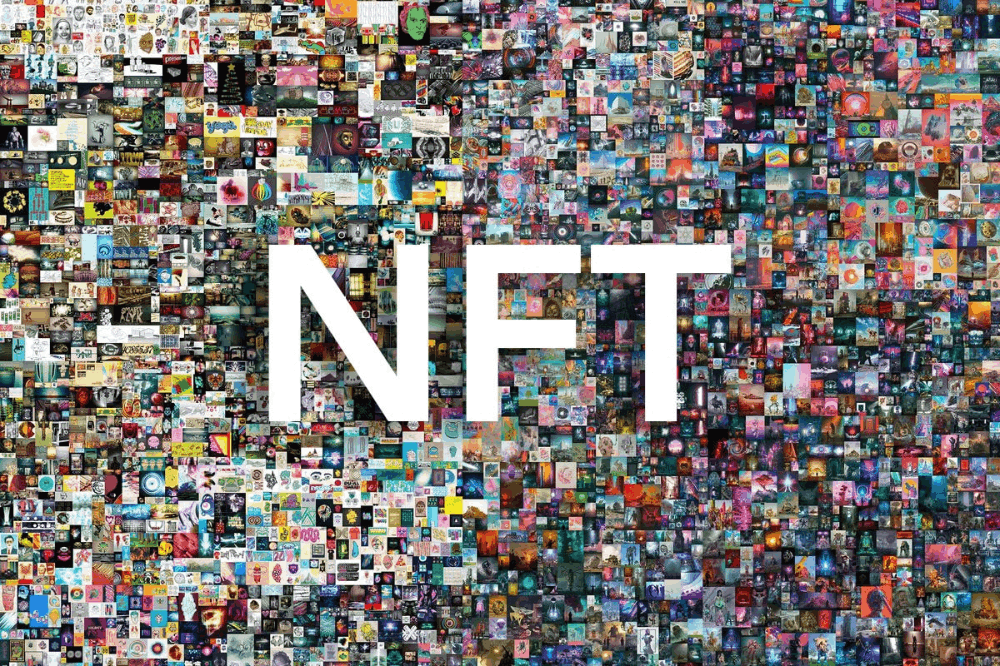
How Digital Technologies Are Changing Modern Communication
The way people exchange information has evolved significantly over the past few decades. Digital tools now play a central role in daily interactions, allowing individuals to connect across distances almost instantly. This shift has made communication faster, more accessible, and often more convenient than traditional methods.
At the same time, the increase in digital exchanges has led to new forms of expression. Text-based conversations, voice messages, and visual content have become common ways to share ideas. These changes affect not only personal relationships but also how groups collaborate on projects or discuss shared interests.
One notable aspect of this transformation is the ability to access information from nearly anywhere. People no longer rely solely on physical media or in-person meetings to stay informed. Instead, updates and discussions happen in real time, often through devices that fit in a pocket.
However, this constant connectivity also introduces challenges. The speed of digital communication can sometimes lead to misunderstandings, as tone and intent are harder to convey without face-to-face interaction. Additionally, the sheer volume of available information requires users to develop skills in filtering and verifying what they encounter.
Despite these complexities, the overall trend suggests that digital communication will continue to shape how societies function. It influences education, work, and even leisure, creating both opportunities and new considerations for how people engage with one another.
As these technologies develop further, their impact on daily life will likely grow. The key may lie in finding a balance between the benefits of instant connection and the need for thoughtful, meaningful exchanges.